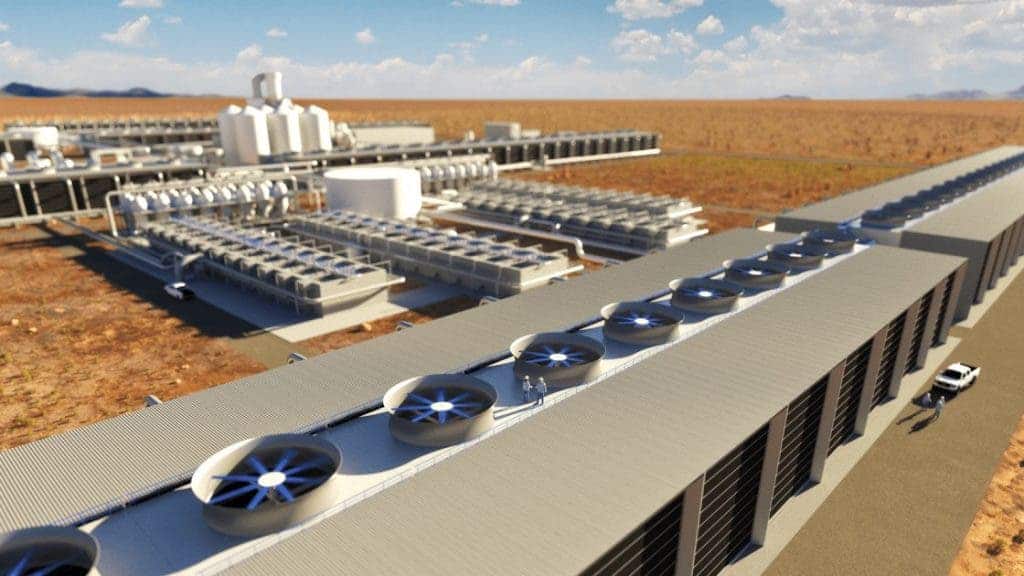The plant, Scotland is proposing will remove the same amount of CO2 as around 40 million trees. It would become operational by 2026 and the captured greenhouse gases would be stored permanently under the seabed off the Scottish coast.

If we want to avoid the brunt of climate change, we’d do best to keep temperature rise below 1.5ºC. But time is all but running out, as global temperatures have already increased 1.2ºC above their historical level. So in addition to ways of reducing emissions, researchers are also looking at ways to remove large amounts of carbon emissions from the atmosphere. Carbon capture and storage (CCS) is one such way.
CCS involves the extraction of emissions from power plants and factories, condensing them and then pumping the resulting carbon dioxide into underground stores. The UK is well placed to use CCS as it already has the place to store carbon dioxide — in its many depleted North Sea oil fields where this sequestrated carbon dioxide could be stored.
As part of his commitment to fight climate change, UK Prime Minister Boris Johnson has pledged $1.4 billion of public funds to help develop four major CCS schemes in Britain by 2030 as part of his plan for a “green industrial revolution”. The aim, Johnson said, is to make the UK a world leader in the technology, creating thousands of jobs. Scotland in particular wants to make the most of this funding, by building a new massive carbon storage plant.
A massive new plant
The new project in Scotland will be carried out between the UK firm Storeega and the Canadian company Carbon Engineering. It’s at a very early stage of development, with a long way to go — but if all goes ahead, it will be one of the biggest CCS plants in the world. A site for the plant won’t be selected until next year.
“Even if all the other measures that we’re taking to avoid emissions, electric cars, renewable energy, those types of things, even if those succeed, you still need carbon removal,” Steve Oldham, CEO of Carbon Engineering, told the BBC. “A typical facility is about a million tonnes of CO2 removal per year. That’s the equivalent of 40 million trees.”
The CCS system that will be deployed involves a fan to suck in air, which is exposed to a liquid mixture that binds the carbon dioxide. The liquid is then turned into calcium carbonate pellets. When these are treated at a temperature of about 900ºC, the pellets decompose into a CO2 stream and calcium oxide. That stream of pure CO2 is cleaned up to remove water impurities. At that point, it can be pumped underground and buried permanently or sold for commercial use.
Scotland has significant advantages for this type of technology, as it has an abundant flow of renewable energy and a skilled workforce from the oil industry. But the technology has its fair number of critics. Researchers and campaigners have expressed concern that if CCS capture becomes economically viable, then governments might stop cutting emissions as they will rely on capturing CO2 — instead of the far more efficient strategy of not producing it in the first place.
However, supporters argue this won’t be the case, claiming the technology will be useful for sectors that have difficulties reducing their emissions, such as aviation.
“It’s a much more sensible strategy to treat these technologies as a really nice addition. We should work hard on them and make sure that they can become cost competitive, and economic in the 2020s,” Ajay Gambhir, a senior research fellow at the Grantham Institute for Climate Change and the Environment, told the BBC. “But at the same time, we need to just make sure we reduce emissions as fast as possible as far as possible.”
Several CCS development programes have been launched over the past 20 years. According to the Global CCS Institute’s 2020 report, at that time there were 65 large-scale CCS facilities globally. 26 of these were in operation, three are in construction, 21 are in early development, 13 are in advanced development and two have suspended operations.






